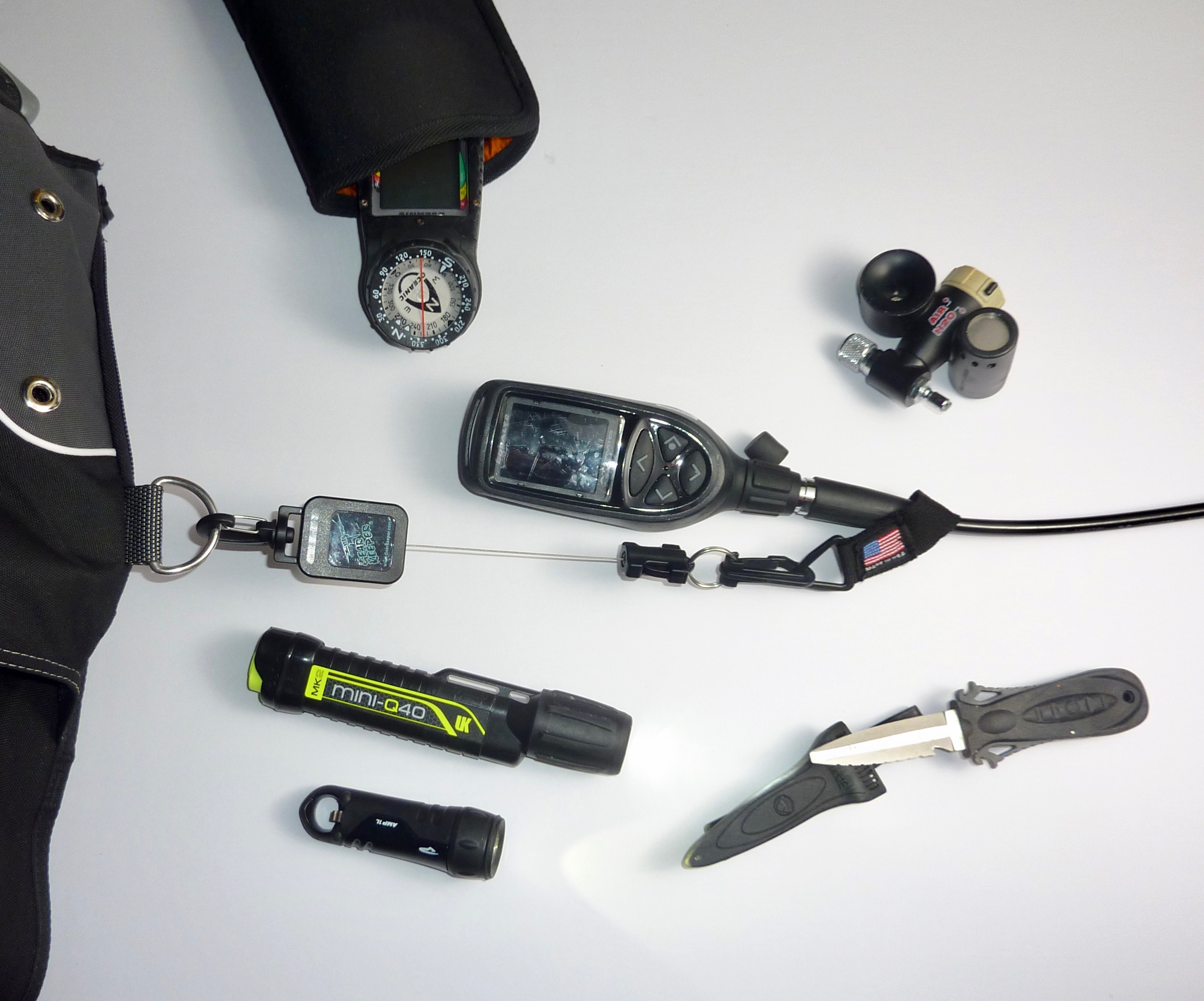Some time ago I was on a dive boat where the current had shifted 180 degrees. Fortunately, it had gone from strong to only moderate, but it left a fair amount of divers stuck downcurrent with a long snorkel back to the boat as the only alternative.
A handful of divers returned to the boat huffing, puffing, coughing and sputtering from what should have been just a moderate swim back to the boat.
I like to people watch and sometimes dive boats are the best place to do this. What had these divers done to make the snorkeling return difficult? Some were out of shape, others needed to streamline their gear, but I did notice some that simply did not have the right kind of snorkel.
It’s easy to understand. Snorkels are such a simple piece of gear and are not even used that often. We can easily take them for granted. But a little bit of “snorkel savvy” will go a long way in picking the right snorkel for you so that when you do need it your snorkel will perform well and make your diving experience that much more pleasant.
Tube Diameter
At its most basic value, the snorkel is just a tube, but to think that just any old tube will work is erroneous. The diameter of the tube should be directly proportional to lung capacity. If a tube is too small, obviously it will be too hard to pull air through it. What a lot of people don’t realize, however, is a large bore tube can be just as problematic. With a large tube there is a lot of “dead air.” This is air that must be moved in and out before good fresh air can reach the lungs. In extreme circumstances, a carbon dioxide build up can occur leading to headaches and shortness or breath.
Small divers should choose snorkels with a small diameter. Most scuba divers will suffice with a medium bore. Large bore snorkels are best reserved for large divers with demanding free-diving activities.
Upper Tube Curve
The drag a snorkel can add to a diver must be minimized. One of the better ways of doing this is with a good curve to the tube. The tube should wrap around the diver’s head, hugging the contours of the skull.
Tube Pipe Shape
Another way of reducing drag is with a properly shaped pipe. The cross-cut of the tube can be oval in shape with the leading edge being smaller. Again, overall drag is reduced. A well designed cross-cut will also assist in expelling water from the snorkel.
Lower Tube Curve
Scuba divers will benefit from a flexible lower tube that drops out of the way when not in use (when the regulator is in use). This is accomplished by a corrugated flexible tube. The flexible material must be supple enough to drop away easily yet not so soft so as to collapse during hard breathing. Also, the interior of the tube should be smooth for easy, dry breathing, not corrugated as on the outside.
“Dry” Devices
Snorkels are often topped with various devices designed to prevent or reduce water entry into the snorkel. Most are quite effective but always come at a price of some degree of breathing resistance and air turbulence through the tube. If a dry breathing snorkel is important to you, make sure you get one with one of these devices. Also, these devices work best in concert with a well functioning drain chamber and valve.
Drain Chamber and Valve
Located below the mouthpiece, this is your best bet for keeping the inside of your snorkel dry. Just a purge valve is not enough. There should be a chamber for water to drain and accumulate before being expelled through the one-way valve on the next exhalation.
The one-way valve should be large, protected with a guard but easy to clean.
Mouthpiece
This is a toughy. A snorkel can have all the right features for you, but if the mouthpiece doesn’t fit, you are generally out of luck. I am unaware of any snorkels on the market today with exchangeable mouthpieces in a variety of sizes (although some do have replaceable mouthpieces should the original become damaged).
The good news is if you are scuba diver you will not have your snorkel in your mouth long enough to notice any jaw fatigue. Just make sure you can at least get a good watertight seal.
Snorkel Keeper
Also known as an “adaptor,” a snorkel keeper allows you to attach the snorkel to your mask. A good keeper will allow you to easily slide the snorkel up and down for precise adjustment and will quickly clip on and off the mask strap.









